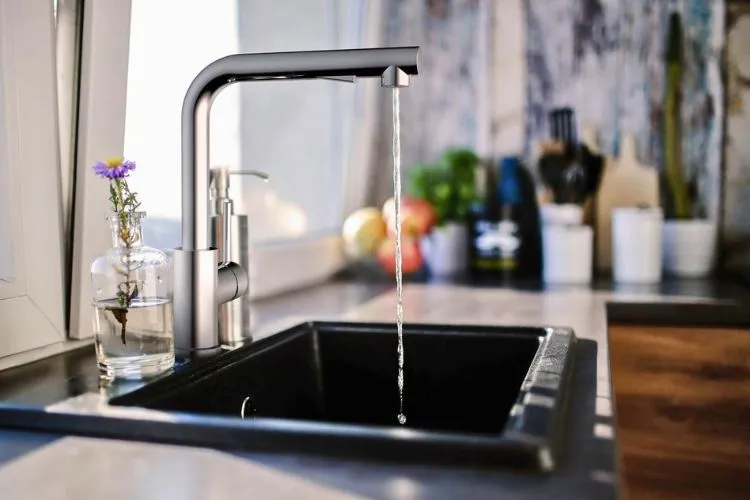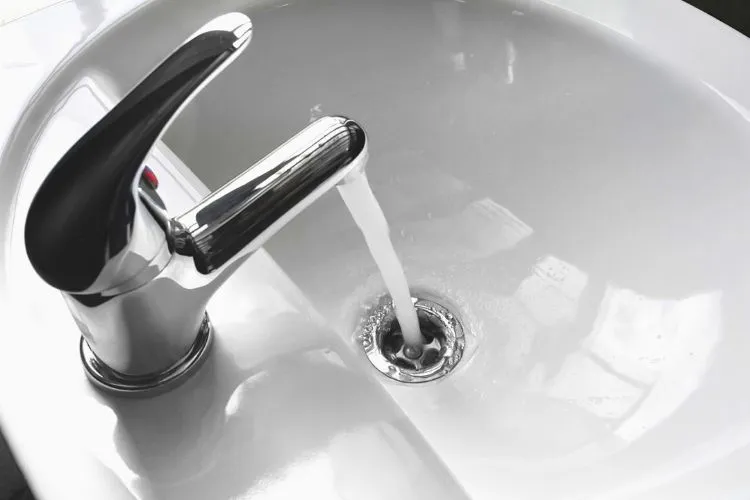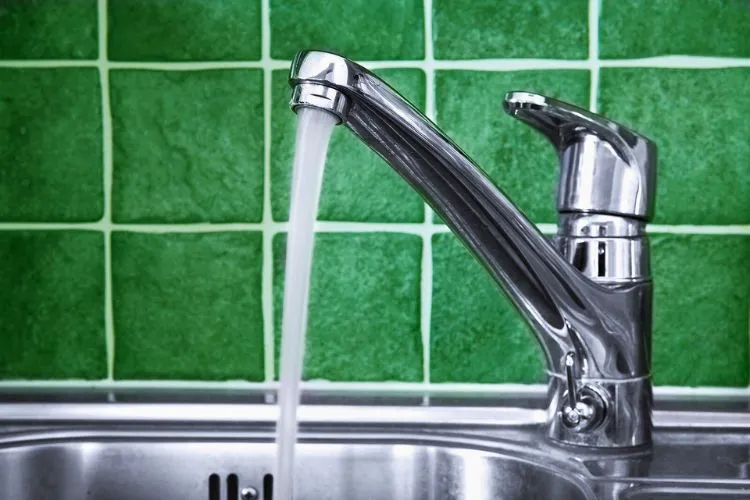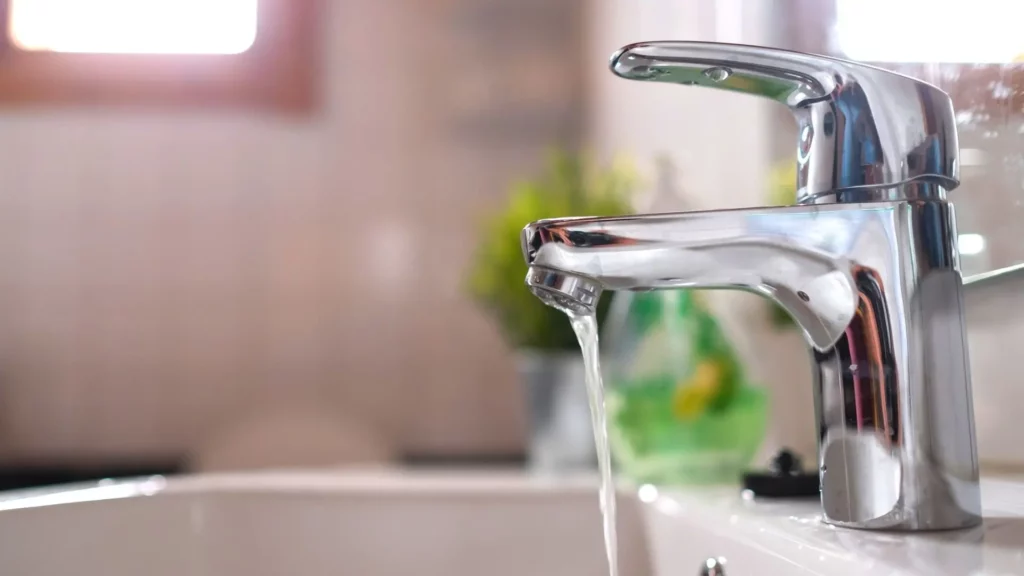In the quest to either build a dream home or renovate an existing space, one detail that often catches people by surprise is the cost of faucets. At first glance, it might seem puzzling why something as simple as a faucet could command such high prices.
So, do you know why are faucets so expensive in nature?
In this article, we will take a deeper dive into the factors influencing faucet costs reveals a complex interplay of design, materials, technology, and brand reputation.

Why Are Faucets So Expensive?
One of the primary factors that contribute to the high cost of faucets is the design process itself. Designing a faucet is not just about creating an aesthetically pleasing object; it involves ensuring functionality, durability, and user friendliness.
High-end faucets often come from the drawing boards of renowned designers and architects, adding to their cost. The design process is meticulous, with a focus on ergonomics, water efficiency, and integrating innovative features.
Materials Matter
The choice of materials plays a significant role in the final price of a faucet. Premium faucets are made from high-quality materials such as solid brass, stainless steel, and sometimes even precious metals like gold or nickel for the finish.
These materials are chosen for their durability, resistance to corrosion and tarnishing, and their ability to provide a flawless finish. The weight of a solid brass faucet in your hand compared to a plastic one speaks volumes about its quality and, by extension, its cost.
Technological Innovation
Today’s faucets are not just about turning a handle to get water. They incorporate advanced technologies that add convenience and save water.
Features like touchless operation, temperature control, and water flow regulation require sophisticated engineering and precision manufacturing. These innovations not only improve the user experience but also contribute to the faucet’s higher price tag.
Brand Value and Warranty
When you invest in a high-end faucet, you’re also paying for the brand’s reputation. Established brands with a history of quality and innovation often charge more. However, this also means you’re likely getting a product that’s been through rigorous testing and quality control.
Furthermore, reputable brands usually offer extensive warranties, sometimes even lifetime, covering defects and sometimes finish. This assurance of quality and after-sales support is factored into the cost.
Installation and Aftercare
The complexity of faucet design has also impacted installation. Some high-end models require professional installation to ensure they function correctly and don’t void the warranty.
Additionally, the aftercare for premium faucets, including specific cleaning agents and maintenance procedures to prevent damage to the finish, can add to the overall cost of ownership.
Environmental Considerations
In an era where environmental consciousness is paramount, faucets are designed to be water-efficient. This means incorporating aerators, pressure balance valves, and thermostatic controls to reduce water waste.
Developing these environmentally friendly features requires research and testing, further adding to the faucet’s cost.
The Luxury Segment
There exists a luxury segment in the faucet market where the prices can soar incredibly high. These faucets are often custom-made, featuring exotic materials, bespoke designs, and sometimes even jewels.
For those who seek exclusivity and personalization in every detail of their home, the cost is justified by the uniqueness and craftsmanship of a luxury faucet.
How much should I pay for a faucet?
When it comes to purchasing a faucet, determining how much to pay involves a blend of understanding market options, personal needs, and the value of quality and features.

The price range for faucets is broad, influenced by materials, design, brand reputation, and technological advancements. Here’s a detailed guide on how to navigate your investment in a faucet.
Assessing Your Needs
Functionality and Space
Start by considering the faucet’s intended use and the space it will occupy. Kitchen faucets often require more functionality, such as sprayers and water filtration systems, compared to bathroom faucets. The size and layout of your sink area can also dictate the type of faucet that will fit best, affecting your budget.
Design Preferences
Your personal style and the design theme of your space play crucial roles in your choice. Modern, high-design faucets can be more expensive but also act as statement pieces in a kitchen or bathroom.
Understanding Faucet Types and Prices

- Basic Faucets: Entry-level faucets, typically made from lower-cost materials like plastic or less durable metals, can range from $20 to $100. These are functional but offer limited features and design choices.
- Mid-Range Faucets: Mid-range options, priced between $100 and $300, offer a balance of quality, durability, and design. They are often made of better materials such as stainless steel or brass, with more finish options and improved functionality.
- High-End Faucets: Premium faucets, costing from $300 to over $1,000, are characterized by superior craftsmanship, materials, and advanced features such as touchless operation, water efficiency, and unique designs. These faucets are investments in both functionality and aesthetics.
Material and Construction Quality
The choice of material significantly affects price. Solid brass, for example, is known for its durability and resistance to corrosion but comes with a higher price tag. Stainless steel is another high-quality option that offers a sleek look and durability.

Materials:
The choice of material significantly affects price. Solid brass, for example, is known for its durability and resistance to corrosion but comes with a higher price tag. Stainless steel is another high-quality option that offers a sleek look and durability.
Construction:
The construction method, including the valve type (such as ceramic disk valves), influences the faucet’s longevity and price. High-quality construction ensures a faucet that operates smoothly and remains leak-free longer.
Brand and Warranty
- Brand Reputation: Well-known brands often charge more due to their reputation for quality, innovation, and customer service. While brand-name faucets can be more expensive, they often come with the assurance of reliability and extensive warranties.
- Warranty Coverage: A comprehensive warranty can be indicative of the quality of a faucet. Look for warranties that cover the finish and operation, as these can provide value and peace of mind over time.
Additional Features
Features like touchless operation, water filtration, and temperature control add convenience and efficiency but also increase the price. Consider which features are must-haves versus nice-to-haves based on your budget.
Eco-friendly faucets that conserve water and reduce utility bills might have a higher upfront cost but can lead to savings over time. Look for models with WaterSense certification or similar endorsements.
Determining how much to pay for a faucet is a personal decision that balances cost with the value of quality, design, and features. For a durable, everyday faucet that will last many years, investing in a mid-range to high-end model is advisable.
However, if your needs are basic or you’re constrained by budget, there are still many reliable options at the lower end of the price spectrum. Ultimately, consider your faucet an investment in your home’s functionality and aesthetics, choosing one that meets your needs, preferences, and budget.
Frequently Asked Questions (FAQs)
Why do prices vary so much between different faucet brands?
Prices vary widely due to factors such as the quality of materials, the complexity of the design, the technology incorporated, and the brand’s market positioning. Higher-priced brands often offer better materials, more advanced technology, and longer warranties.
Can expensive faucets really make a difference in water conservation?
Yes, many high-end faucets are designed with water conservation in mind. They include features like aerators and automatic shut-off that can significantly reduce water usage without compromising performance.
Is it worth investing in an expensive faucet?
Investing in an expensive faucet can be worth it for the durability, performance, and design benefits they offer. Moreover, considering the faucet’s central role in daily life, opting for a model that combines functionality with aesthetic appeal can enhance the overall experience of your space.
How can I ensure that I’m getting a good value faucet?
Research is key. Look for reviews, compare warranties, and consider the brand’s reputation for quality and customer service. Also, assess the faucet’s features and materials to ensure they meet your needs and preferences.
Conclusion:
The cost of faucets is influenced by a myriad of factors, from the materials and design to the technology and brand reputation. While the initial investment may be high, the value comes from the durability, functionality, and aesthetic appeal that high-quality faucets bring to a home.
By understanding the reasons behind the costs, homeowners can make informed decisions that balance price with the long-term benefits of their faucet choice. Whether renovating a kitchen or bathroom, the right faucet can elevate the space, making it not just a utility but a focal point of daily life and design.


